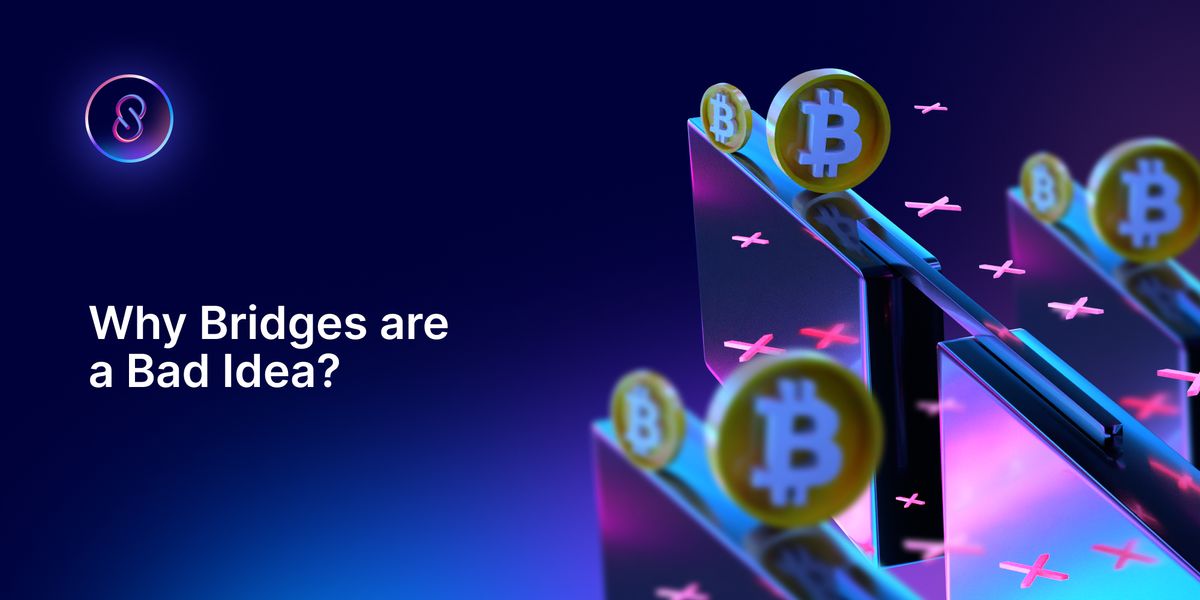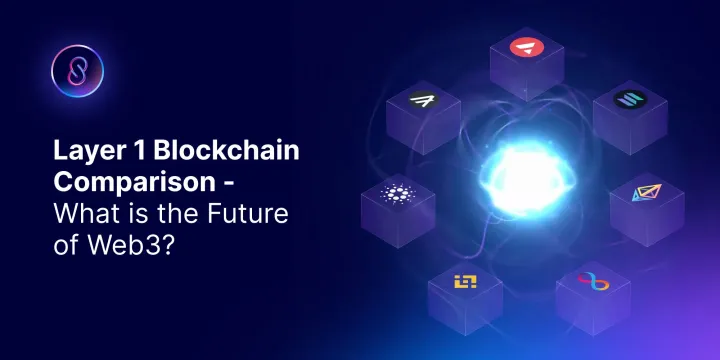Why are Bridges Such a Bad Idea?
Just last month with the BNB Smart Chain hack, it reminded us that Bridges have never really been secure. They have earned a reputation as Web3's weakest link after a lot of major hacks this year

What are Bridges?

Blockchains are isolated from web2 and also from other Blockchains. To help them communicate with other Blockchains, bridges came into existence. Bridges essentially enable the movement of digital assets between two Blockchains. These Blockchain bridges have become an essential component of Web3, as they allow the transfer of assets between Blockchains and make them interoperable.
Traditionally, Blockchains rely on 'Oracles' to send and receive data from the outside world. Each Blockchain is different from others, some are designed to achieve lightning transfer speeds, while some cater towards lowering gas fees for each transaction.
Bridges allow interoperability between Blockchains to allow the users to leverage the best of each Blockchain. Bridges are a combination of some traditional Web2 scripts and smart contracts that are designed to lock tokens on one side and mint 'wrapped' tokens on the other side.
The Big Problem with Bridges...

Bridges are one of the most innovative technologies in the Web3 space. However, if we want to make use of the potential of what Bridges have to offer, their security should be the number one priority.
Just last month with the BNB Smart Chain hack, it reminded us that Bridges have never really been secure. They have earned a reputation as Web3's weakest link after many major hacks this year. With DeFi holding an estimated $54 Billion, it happens to be an attractive target. With almost $2 billion being stolen from DeFi protocols, more than 1.6$ billion happened to be stolen from these Bridges.
- February: Wormhole - $375 Million
- March: Ronin Bridge - $624 Million
- August: Nomad Bridge - $190 Million
- September: Wintermute - $160 Million
- October: BNB - $570 Million
As you can see, some of the most popular bridges have been exploited relentlessly.
How The Internet Computer fixes this

Instead of taking the traditional route and implementing bridges on the Internet Computer, DFINITY decided to innovate and create something special. Instead of bridges, the team at Internet Computer has built a direct integration with Bitcoin which is also coming soon to Ethereum. This integration is possible due to Internet Computer protocol being able to securely generate ECDSA signatures in transactions involving Bitcoin on behalf of smart contracts, using chain key cryptography.
The Bitcoin blocks will directly be consumed by the Internet Computer's nodes, to make sure that the balance information is always available to smart contracts. The Internet Computer has a transaction finality of 1-2 seconds, while it can take up to 40 minutes in Bitcoin.
It will be possible to use trustless Smart Contracts on the Internet Computer as Bitcoin Banks, making it possible to transfer balances between each other within 1-2 seconds.
Dominic Williams, the Founder and Chief Scientist of the DFINITY Foundation, recently stated:
“The Internet Computer is powered by novel “chain key cryptography” that allows it to sign transactions for other blockchains such as Bitcoin. This capability will be used to provide smart contracts hosted on the Internet Computer with native bitcoin addresses via a direct integration of the networks. Internet Computer smart contracts will gain access to Bitcoin liquidity, and Bitcoin will gain powerful new smart contract functionality, without the need for insecure and cumbersome trusted bridging services. This will help realize Satoshi’s vision by allowing bitcoin to power a new generation of Web 3.0 internet services.”
The Internet Computer has stated they are actively trying to bring this technology to the Ethereum ecosystem as well. If successful, this would mean that it would be then possible to transfer digital assets to and from Bitcoin and Ethereum to the Internet Computer.
Connect with InfinitySwap
Twitter | Website | Telegram | Discord | Github

*Disclaimer: While every effort is made on this website to provide accurate information, any opinions expressed or information disseminated do not necessarily reflect the views of InfinitySwap itself.





Comments ()